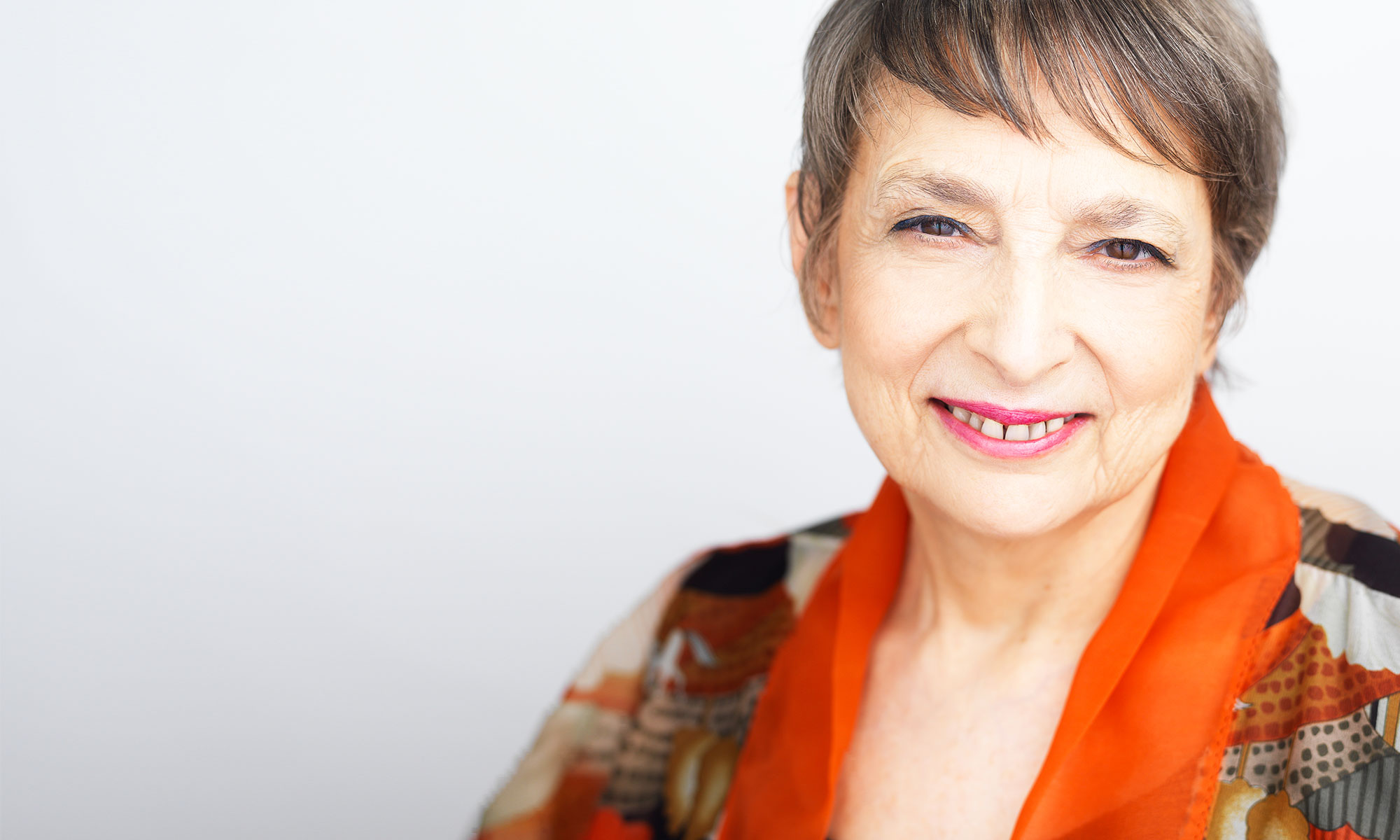The fall leaves in the featured image are a trail at Chester Village.
On February 26, an attentive crowd of 60 people came to see and hear my talk, which included readings of Papua New Guinea creative writers. After the reading of Jacob Simet’s wonderful poem Transition, there wasn’t a dry eye. I am holding two carvings from the middle Sepik area. The smaller one I bought in Rabaul, the larger one in Boroko Craft Market Port Moresby. When the vendor sold it to me, he and my guide said it was a tribute to respected chief because of the fineness of the face carving. That, apparently, turned out not to be true. But I don’t care as it is so beautifully done: the nose, nostrils, teeth and tongue.

According to my friend, Mary Clare Adam, an expert in Papua New Guinea arts, it is a PNG scarecrow, meant to frighten away rats inside houses. Through the upper holes, cane attaches to the roof. Metal hooks behind hold baskets full of seeds. There is a piece of wood over the top of the artifact. When rats come down from the thatched roof at night looking for food, which the families cannot afford to lose, they slip on the smooth top wood, causing the artifact to sway, rattling the seeds in the baskets and scaring the rats back into the roof!
There are intellectual property rules in traditional arts. The designs on my carving can only by carved by someone in, or from, the area. Similarly, a woman who worked at Rapopo Resort Plantation where I stayed for three weeks gave me a woven basket made by her mothe, who lives on Manus Island. Its unique designs of green snail shells and red and white ribbons belong to people from that island. 
I was fascinated by what I saw and heard in Papua New Guinea. I hope to return before too long.

